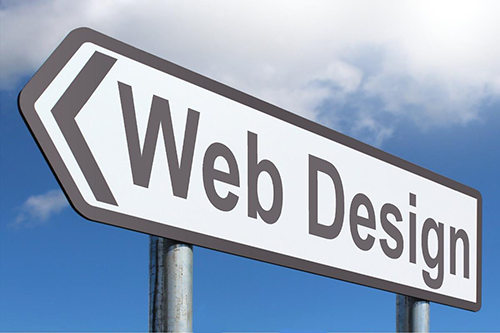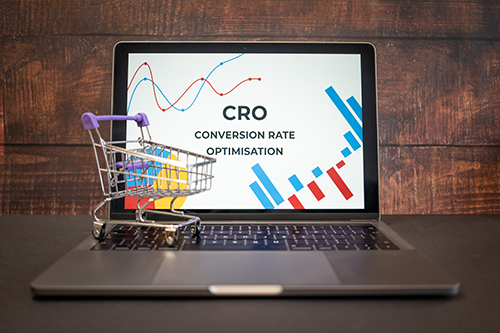Proper Website Development
What does it mean to have a properly developed website?
We could create a list of things that can be done as well as a list of those things that should be done and a list of things that must be done.
The length of these lists has grown since the first days of the use of the internet, before it became the e-commerce giant that it is today.
Form & Function
Perhaps a better way to look at proper website development would be to consider two basic aspects: form (look and feel) and function (how it works).
Your Website's Form
We believe websites should continue to be developed and modified to conform to contemporary and common conventions.
Conform to Contemporary and Common Conventions
This includes the placement of the logo, images, selection of colors as well as the placement of the navigational tabs.
You don't want your website layout to be OUTDATED. These days, the navigation should be in the top of the website.
Selection of colors as far as the theme of the website should typically be selected to match or augment the colors that are used in the business's logo (if one is being used).
Take Full Advantage of the Screen's Real Estate
Today, websites are being viewed on multiple screen sizes utilizing common desktops, super-sized screens, laptops, pads and smart phones.
A website's design elements should take into consideration how the website will look on each device and take advantage of the space (real estate) afforded by the screen.
What you can show on a full-size screen is exponentially more than what can be presented for viewing on the smallest of screens (smart phones).
Your Website's Function
How does the website work?
Is it Mobile Friendly?
The first consideration today is exactly that: is the website mobile-friendly? This component is certainly a part of #3 Ease of Use, but it is so important today (and for years now) that it MUST have its place of primacy.
The navigation should present itself at the top of the mobile screen, and in conformity to the most common convention the use of the "hamburger" to represent the mobile navigation to your content should be visible.
The website should be developed using what is called a "responsive website design" - the use of CSS (Cascading Style Sheets) that instruct the layout to change depending upon the size of the screen that is viewing it.
Being mobile-friendly does NOT simply limited to "can you see the website" on a mobile phone (smart phone), but is the website being presented to those using mobile devices differently from a larger screen ON PURPOSE.
If a website has not been designed for the mobile market will simply show that exact same view, but in a window so tiny that users will find it either terribly inconvenient or impossible to navigate.
Most of them will click away and what is meant by that is they will LEAVE your website and go somewhere else!
Presenting Your Message
The second consideration is this: is your message being obviously and clearly communicated to those that are viewing your website? Is there a clear "call to action"? Do they immediately get the point of what your website is about and what it is you want them to do?
If the purpose of your site is to make sales, then these three things that are fundamentals in "making an offer" need to be prevalent:
1) What is Your Offer?
2) Why do I Need it?
3) How do I Get it?
Ease of Use
The third consideration should be "Ease of Use." Is it EASY for users to navigate? Can they easily and conveniently find what they are looking for?
If your site is large, does it have a great search tool?
Is the website's navigation "sticky"? That is, does the navigation stay at the same place when a user scrolls down your content or does it disappear (which is a barrier to ease of use)?
↓ Keep reading ...









 Follow
Follow


